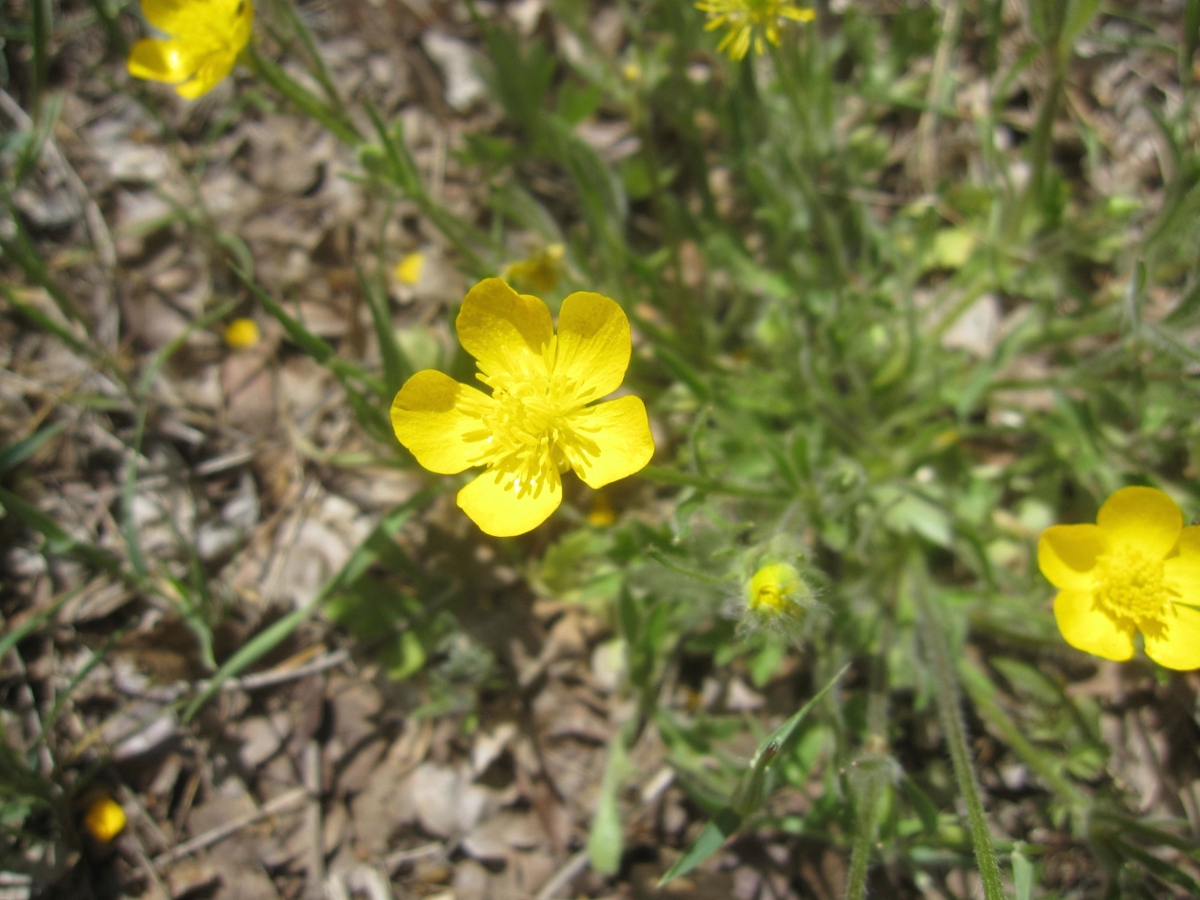
Yes, even the most well cared for lawn might be home to the odd weed every now and again. Well, having weeds in your lawn is often a symptom of other problems, not the actual problem. So how do you prevent them from growing back? If has been growing in your lawn then chances are, there might be other weeds too. If you’ve just removed any and all Buttercups from your lawn then my guess is that you don’t want it growing back.
Celery leaf buttercup weed how to#
How to Prevent Buttercup From Growing in Your Lawn Read: How to Choose a Weed Killer For Your Lawn If you mix it too weak, it might not be strong enough to kill the weeds but if you make it too strong, you risk killing the grass as well as the weeds. When using concentrate, always read the label and dilute it as per the manufacturers’ instructions. In which case, treat the whole lawn with a weedkiller concentrate like Scotts Weedol Lawn Weedkiller Concentrate.Ĭoncentrated weedkillers are designed to be mixed with water and sprayed onto the lawn with a knapsack sprayer or watering can. If you have a lot of Buttercup in your lawn along with other weeds, spot spraying might not be enough. Spray a Weedkiller Concentrate Over the Whole Lawn Give it a blast, you might need to do it again after 6 weeks if the plant is strong. I’d recommend using Scotts Weedol Lawn Weedkiller Spot Spray or Resolva Weedol Lawn Weed Killer. Selective weedkillers kill weeds but not grass. If the plant has returned after digging it out, or you prefer to kill it with a weedkiller, use a selective weedkiller. Kill it With a Spot Spray Weedkiller for Lawns Try to follow and remove as many runners as possible to prevent regrowth. If you only have one or two plants growing in your lawn try digging them out using a trowel or hand fork.

Lesser Celandine or Ranunculus ficaria is the most uncommon of the Buttercups. They grow upwards on stems which can reach 2-3 feet tall which is why some people call them ‘Upright Buttercups’. They also look identical to those of Creeping and Bulbous Buttercups but the leaves have five lobes to them instead of three. The flowers bloom between May and August, the same time as Creeping Buttercup. Crowfoot, or Meadow ButtercupĬrowfoot or Ranunculus acris is also known as Meadow Buttercup.

Unlike Creeping Buttercup that grows along stems, Bulbous Buttercups grow from bulbous roots that form hairy stems. The leaves are also similar to Creeping Buttercup but are smaller and narrower.īulbous Buttercup grows and roots differently though and this is the main recognition feature. They typically flower between March and June which is earlier than Creeping Buttercup but the flowers look almost identical.

Bulbous Buttercupīulbous Buttercup or Ranunculus bulbosus looks very similar to Creeping Buttercup and you could easily mistake one for the other. The leaves bear three lobes that are deeply toothed and the upper lobe is stalked.Ĭreeping Buttercup has yellow flowers that are almost identical to Bulbous and Crowfoot. It grows aggressively along the surface, forming runners called Stolons which root at intervals forming new plants. Creeping ButtercupĬreeping Buttercup or Ranunculus repens is the most common of all Buttercup species and can become a major nuisance if left to its own devices. That said, it’s useful to be able to identify which species you’re dealing with. The treatment for controlling and removing Buttercups in your lawn is very much the same for all species. Here’s what you should know about Buttercups Appearance In this article, I’m going to cover the different species of Buttercup, how to remove them, and how to prevent them from growing back. The good news is that Buttercups are pretty easy to control. However, the most common species, the Creeping Buttercup, can take over large areas of lawns very quickly. Buttercups are seen in lawns all across the UK and the look lovely in meadow grass.įor many gardeners with well cared for lawns, the odd Buttercup isn’t offensive.


 0 kommentar(er)
0 kommentar(er)
